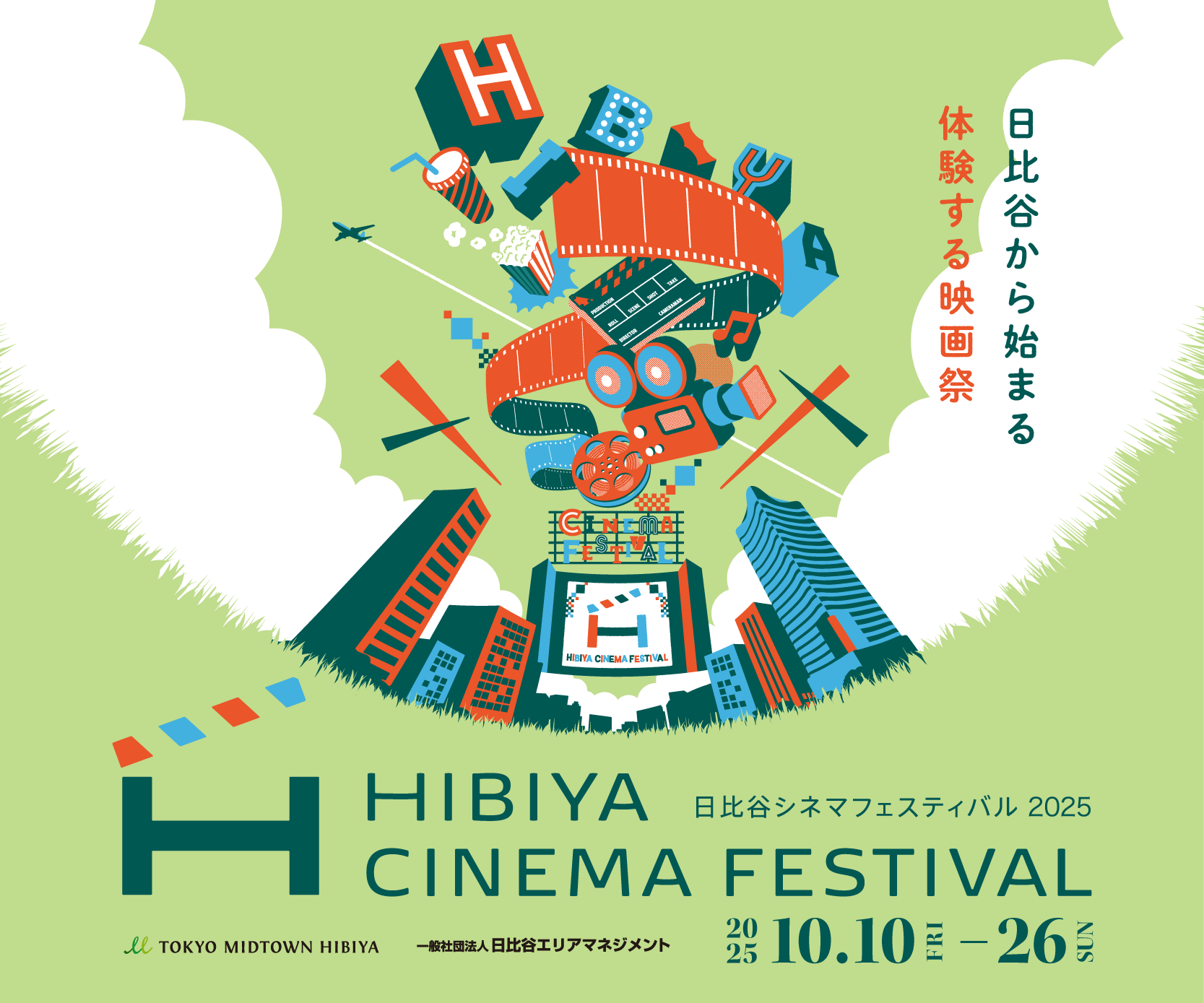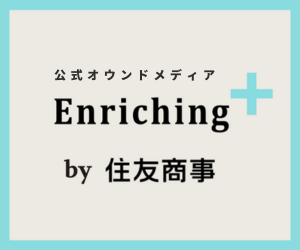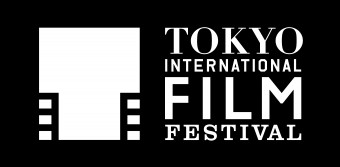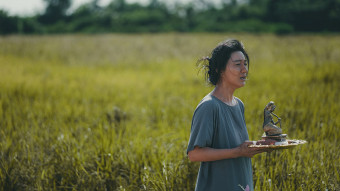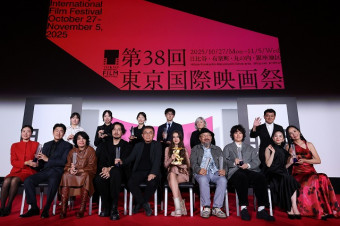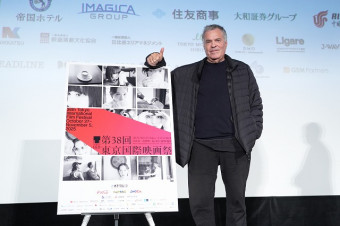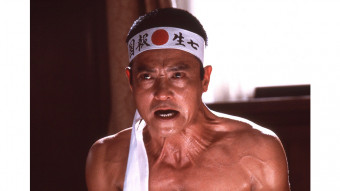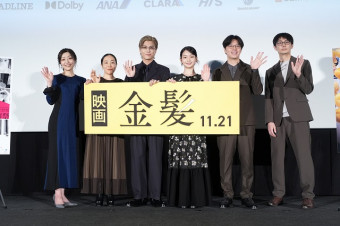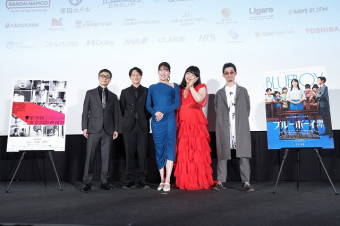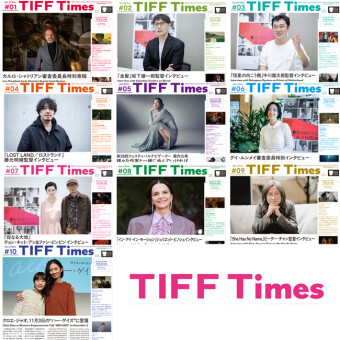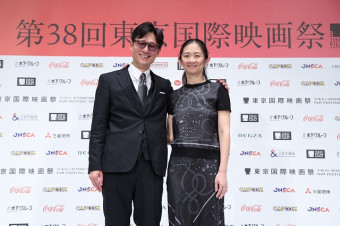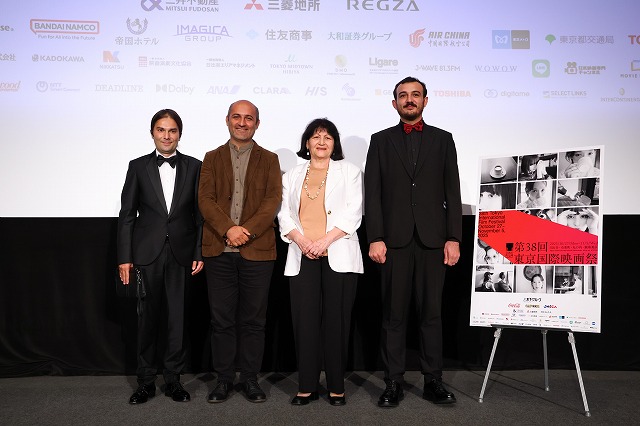
Writer/director/producer/cinematographer Hilal Baydarov and actress Maryam Naghiyeva fielded questions from TIFF Programming Director Ichiyama Shozo and the audience on October 29, following the Asian premiere of the visually astonishing Sermon to the Void, which is playing in the Competition section of the 38th Tokyo International Film Festival.
Sermon to the Void is the third and final film of Baydarov’s Sermon trilogy (preceded by Sermon to the Fish and Sermon to the Birds). The new film comprises four parts, each of which portrays Shah Ismail’s search for the water of life in the face of oblivion. Rather than a linear narrative, this journey is comprised of stunningly saturated shots of an assortment of landscapes, accompanied by Ismail’s (and perhaps by extension, the director’s) philosophical musings. The result is a mesmerizing meditation on the meaning of life, truth and the liberatory potential of art that some might argue is cinema distilled to its visual essence.
Asked how he came up with the idea of a man searching for the water of life at the end of the world, Baydarov credited the 13th-century Azerbaijani poet Nizami Ganjavi, particularly the last part of his work Iskandarnameh (Book of Alexander), in which Iskandar goes to search for the water of life. Baydarov read the book in high school and recalled how his teacher said he would understand the ending when he was older.
“I’m from a country without a rich history of painting or music,” he said, “but I can truly say that we are masters of poetry.”
Similar to Baydarov’s previous films, Sermon to the Void evocatively captures the landscapes of his native northern Azerbaijan, from its mountains to its forests to its lakes. But there is a particular emphasis on the barren vastness of its deserts. The director said that this attachment to the desert is partly due to his own “dark” nature and his preference for difficult films over easily digestible entertainment.
“When you are in a desert, you face a great power that you cannot find anywhere else,” he explained. “The vastness and loneliness it makes me feel close to infinity.”
Baydarov’s fixation on the desert extends to the film he is currently working on, where he hopes the character will “become” the desert: “Maybe I also want to be the desert and part of the infinite, where everything under the sun appears beautiful to me.”
The desert’s beauty is conveyed in the film through the cinematography’s bold color grading, the screen filling with a stream of brilliant yellows and reds. Baydarov said he had in mind the reds and yellows in the paintings of Tintoretto and William Turner before even writing a script for the film.
Perhaps unsurprisingly for such a lover of cinema, much of the film’s vibrant color palette is achieved not with digital effects, but through various analog means. Baydarov said he spent nine months working on the images for the film, opening up and playing with vintage 1960s Soviet camera lenses to make the exposures yellow. In post-production, he then hand-painted these images by brush and digitalized them. Of the 500 images he created, he wove the texturally richest images throughout the film.
This is Baydarov’s second film to screen in the Competition section at TIFF, following his 2021 feature Crane Lantern, which won Best Artistic Contribution Award. This time, he came with Naghiyeva, who is also his mother and has appeared in nearly all of his films. Following the screening, the proud parent and actress praised her son for “always working alone in the darkness and always thinking of art and cinema.”
“He is the best son in the world,” she beamed, “and I hope you can have a son like him.”
Q&A Session: Competition
Sermon to the Void
Guests: Hilal Baydarov (Director/Screenplay/Cinematographer/Editor/Producer), Maryam Naghiyeva (Actor)














